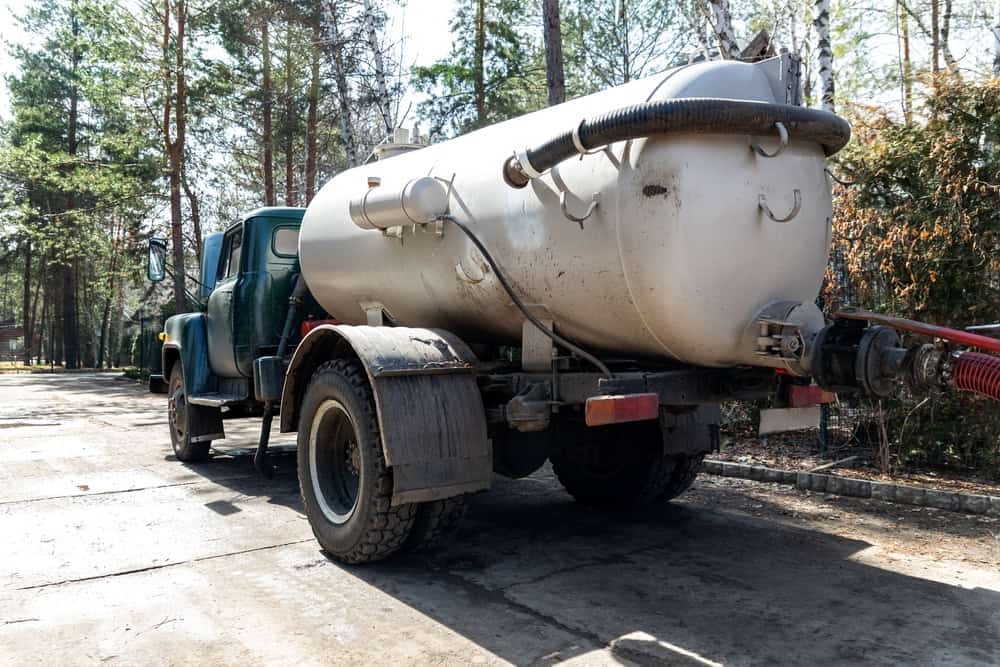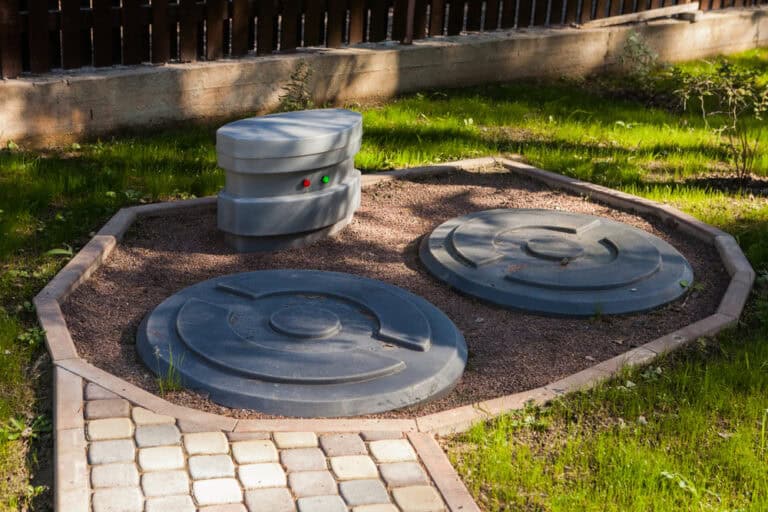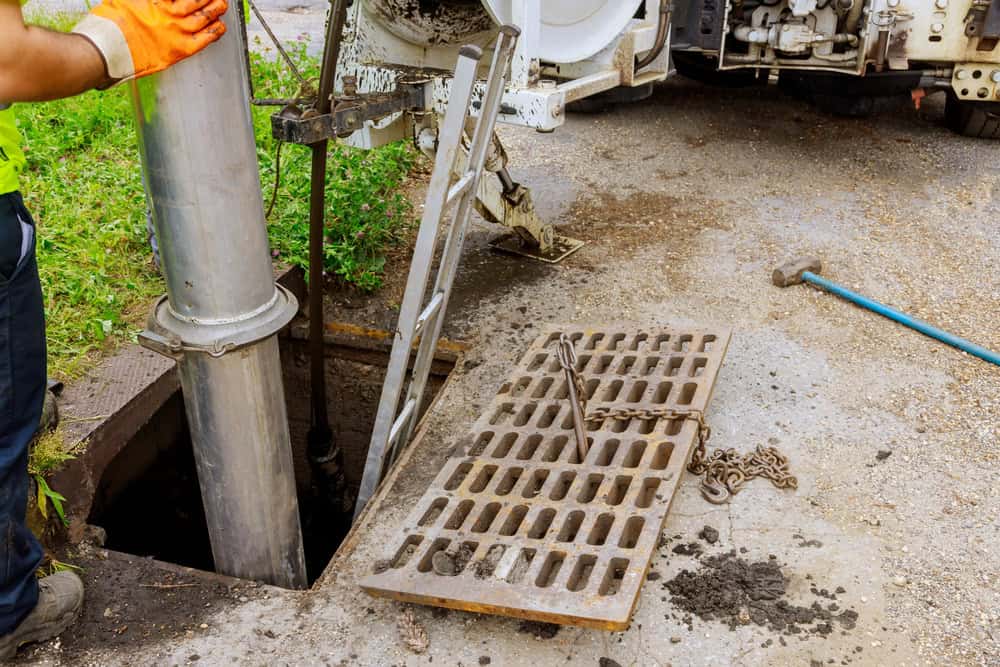Cesspool in Ridge, NY
My husband and I needed the pipe that connects our home to the town sewer line replaced. Other companies told us they would need to rip up the sidewalk, street, and our walkway which would have cost us thousands in additional work.
More About Us
Browse Septic Tank Services
contact us
Emergency Cesspool Services in Ridge, NY: Available 24/7

Immediate Response to Cesspool Emergencies
When a cesspool emergency strikes in Ridge, NY, every second counts. That’s why Antorino & Sons offers round-the-clock emergency cesspool services, ensuring that help is always just a phone call away. We understand the urgency of cesspool failures and the potential health risks and environmental hazards they can cause. Our dedicated team is equipped to address and resolve your cesspool issues promptly, minimizing damage and disruption to your property.
With Antorino & Sons, you’re not just getting a service; you’re getting a promise of immediate, effective response. Our emergency team is trained to tackle all kinds of cesspool crises, from backups to leaks, ensuring quick resolution with minimal impact on your daily life. In Suffolk County, we’re known for our reliability and speed, making us the first choice for emergency cesspool services.
Rapid Response:
Our 24/7 availability ensures that Antorino & Sons is always ready to respond to your cesspool emergency in Ridge, NY.
Expert Solutions:
With extensive experience in cesspool emergencies, we offer the most effective and efficient solutions tailored to your needs.
Customer-Centered Service:
At Antorino & Sons, your safety and satisfaction are our top priorities during any cesspool emergency in Suffolk County.

Comprehensive Emergency Solutions
Our emergency cesspool services in Ridge, NY, cover a wide range of issues. Whether it’s an unexpected backup, a sudden leak, or any other urgent cesspool problem, Antorino & Sons has the expertise to handle it. We use state-of-the-art equipment and techniques to diagnose the issue quickly and implement the most effective solution. Our goal is to restore your cesspool system to full functionality as swiftly as possible, ensuring the safety and comfort of your home or business.
At Antorino & Sons, we also provide immediate advice and guidance over the phone to mitigate the situation until our emergency team arrives. With 631-250-6829, you have direct access to our experts, who can help you take the right steps in an emergency, reducing potential damage and ensuring a smoother restoration process. Trust us to bring you peace of mind during stressful situations with our comprehensive emergency services.

Why Timely Intervention is Crucial
The importance of timely intervention during a cesspool emergency cannot be overstated. Ignoring or delaying action in response to cesspool issues can lead to severe property damage, environmental pollution, and health risks. That’s why Antorino & Sons prioritizes swift action and is available 24/7 in Ridge, NY. Our prompt response can prevent the escalation of problems, saving you time and money in the long run.
Our emergency services in Suffolk County are designed to address cesspool issues before they become disasters. By choosing Antorino & Sons, you’re choosing a partner who understands the critical nature of cesspool emergencies and is committed to protecting your property and the environment. With our experienced team on your side, you can rest assured that your cesspool emergency will be handled with the urgency and expertise it deserves.
Have a question?
In 1693, William “Tangier” Smith, who owned a homestead in Setauket, was allowed to purchase a large tract of land on the South Shore of Long Island in recognition of his being mayor of Tangier in Africa. The land, called Manor St. George, stretched from the Carmans River (then called the Connecticut River) in the west to the edge of the town of Southampton in the east, with a northern border around present-day New York State Route 25, as much as 81,000 acres (330 km2) of land. He made his manor seat on the South Shore in present-day Mastic, and the northern part, now the south side of Ridge, was called “The Swamp” or “Longswamp”. A house wasn’t built at Longswamp until after the American Revolution. In 1817, William Sydney Smith inhabited the house and changed the name to Longwood.
In 1955, what then remained of William Smith’s original manor was primarily located in Ridge and was surrounded by the world growing up around it, in the form of the Brookhaven National Laboratory and the surrounding areas becoming increasingly populated. Longwood’s 750 acres (300 ha) fell into the hands of Elbert Clayton Smith, who immediately moved his family from California to live there. He seems to have been very generous to his new community; his donations included 51 acres (21 ha) to the school board for the construction of Longwood High School and 6 acres (2.4 ha) to Middle Island Presbyterian Church. In 1967, Elbert Smith died, and the Longwood Estate was carved into housing developments and nearly destroyed until enough noise was made about preservation to have the house and 35 acres (14 ha) of land given to the Town of Brookhaven in 1974. The Smith Estate was added to the National Register of Historic Places in 1981.
In 1738, northern Ridge was settled by widower Samuel Randall of North Stonington, Connecticut; his only son Stephen Randall and his descendants farmed a 4,000-acre (1,600 ha) plot of ground that Samuel had always referred to as “the Ridge” based on the geographical terrain. First called “Randallville”, Ridge was the name selected by its residents for postal delivery. The Randall burial plot near the William Floyd Parkway includes the grave of Lt. Stephen Randall (1736-1818), patriot of the American Revolution and a Suffolk County Militia veteran of the Battle of Long Island. Graves of Randall’s wife Elizabeth Swezey (1747-1834) and several descendants are also within the plot.
Learn more about Ridge.